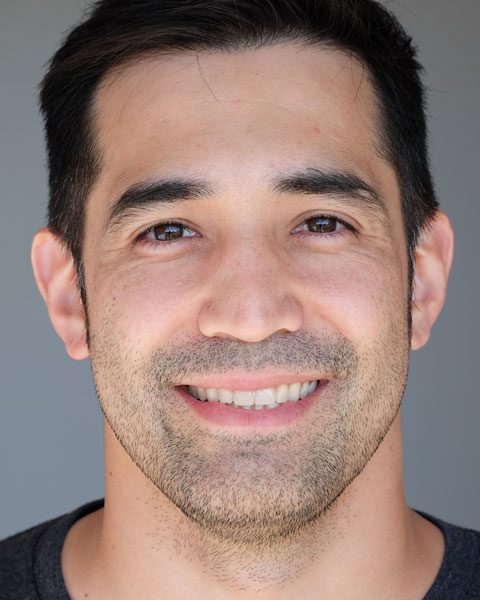Fitness/Health
(53) INFLUENCE OF BRAZILIAN JIU-JITSU OR SELF-DEFENSE COURSE PARTICIPATION ON EMOTIONAL STATE AND QUALITY OF LIFE IN UNIVERSITY STUDENTS


Modesto A. Lebron, MS, CSCS
Graduate Assistant
University of Central Florida
Oviedo, Florida, United States- SF
Sarah K. Fretti
Clinical Assistant Professor
University of Central Florida
Orlando, Florida, United States - JS
Jeffrey R. Stout
Pegasus Professor, School Director
University of Central Florida
Orlando, Florida, United States 
David H. Fukuda, PhD
Division Chair, Professor
University of Central Florida
Orlando, Florida, United States
Poster Presenter(s)
Author(s)
Introduction: University life may be demanding for students because of academic loads, complex relationships, and financial burdens. Previous research has shown that regular participation in physical activity and/or self-defense courses has a positive impact on emotional states such as anxiety. Moreover, greater physical activity has also been associated with better quality of life. As such, physical activity courses centered around Brazilian Jiu-Jitsu (BJJ) or self-defense (SD) may serve as viable interventions to mitigate negative impacts to overall student health.
Purpose: To assess the potential impact of participation in a semester-long BJJ or SD course on the emotional states of anxiety, depression, stress, and factors of quality of life of university students.
Methods: Sixty-nine undergraduate university students registered for either a BJJ (n=33; 24 males, 9 females) or SD (n=36; 6 males, 30 females) course voluntarily completed an electronic survey via Qualtrics at the beginning (PRE) and end (POST) of the 2023 Fall Semester. The surveys consisted of the Depression, Anxiety, and Stress Scale questionnaire (DASS-21) and World Health Organization Quality of Life Brief Version questionnaire (WHOQOL-BREF). The DASS-21 includes subscales of emotional states of depression, anxiety, and stress, whereas the WHOQOL-BREF includes subscales of physical health, psychological health, social relationships, environmental health, and overall quality of life. DASS-21 and WHOQOL-BREF scores were scored individually and compared between the beginning and end of the course. A series of three-way (time × class × sex) repeated-measures ANOVAs were used to assess each subscale independently. For statistical significance, Holm post-hoc analyses were performed.
Results: A significant (p=0.046) time × class × sex interaction was observed for depression, with male SD values at POST being greater than those of the other comparison groups (p< 0.05). Moreover, a significant (p<0.05) main effect of class and sex was observed for scores of depression. For scores of depression, SD had higher scores (+2.527) than BJJ when collapsed across time and sex, and males demonstrated higher scores (+1.556) than females when collapsed across time and class. A significant (p< 0.05) main effect of time was observed, where stress (−1.024) and anxiety (−0.832) decreased, and psychological (+0.796) and environmental health (+1.412) increased from PRE to POST. Lastly, a significant (p< 0.05) main effect of class was observed with BJJ demonstrating higher scores for physical (+1.792) and psychological health (+1.923) in comparison to SD when collapsed across time and sex.
Conclusions: Participation in a semester-long BJJ or SD course may assist in decreasing the emotional states of anxiety and stress and improving psychological and environmental health. Although each class differed in male and female participation, sex did not influence the outcome of beneficial changes in anxiety, stress, and psychological and environmental health. Moreover, these outcomes from PRE to POST were not influenced by course, demonstrating potential benefits from either BJJ or SD. PRACTICAL APPLICATIONS: Offering BJJ or SD courses for students may serve as beneficial interventions for overall student wellness in a university setting.
Acknowledgements: None
